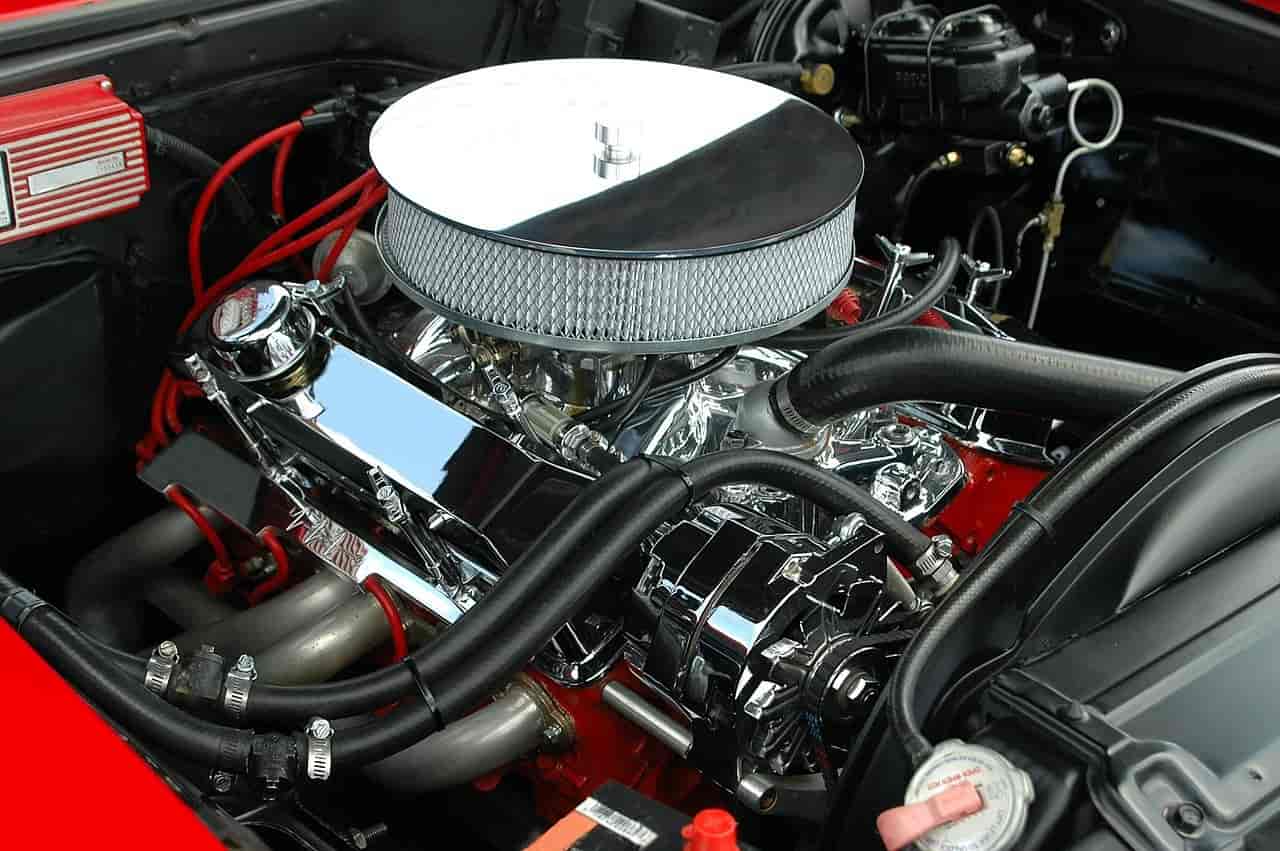A battery is perhaps the most crucial electrical component of a car. It powers the car and is also the energy source for various other car elements like lights, radio, AC, etc.
Hence, depending upon the number of elements the battery will power up and other factors, you should pick a battery with sufficient amp power.
If you wonder what amp is, here’s its most straightforward definition.
Amp is the short term for ampere, the SI unit of electric current, and ampere-hour (amp hr.) is the amount of charge in the battery that enables 1 ampere of current to flow for one hour.
Now, amps or ampere-hour mean the same thing, and it’s what the article is all about. So, let’s start.
How many amps is a car battery?
Amps mean the battery’s storage capacity. So, the larger the battery, the greater its storage capacity or more its amps.
In general, most car batteries have 550-1000 amps, and this value depends upon the battery’s size and type.
While looking out for a car battery, you would have heard of two terms/ratings that are CA (cranking ampere) and CCA (cold cranking ampere).
Let’s learn more about these terms in the context of a car battery. So, the CA rating is usually higher than the CCA ratings for most car batteries.
CA rating denotes the battery’s current to the engine at 32-degrees Fahrenheit for 30-seconds at 1.2V for each cell.
The CCA rating denotes the current the battery provides to the engine at -4-degrees Fahrenheit for 30-seconds at 1.2V for each cell.
Related:
How many amps to charge a car battery?
How many amps to charge a car battery depends upon the battery size, type, and the type of charger you are using.
For example, a typical battery charger charges around two amps. So, if the battery shows the rate at 48 ampere-hours, it will take approximately 24-hours for that charger to charge a flat 48 ampere-hour battery fully.
However, different chargers are available that charge at different rates, like two amps to 10 amps.
So, if you’re using a charger with a ten amps rating, it will merely take 4-5 hours to charge the flat 48 amp-hr battery fully.
Ways to measure car battery amps
A multimeter is one of the best ways to measure car battery amps. It’s the easiest way forward in this direction and gives accurate readings compared to other devices. So, below is a step-by-step guide on how to use a multimeter to measure car battery amps.
- First, test your multimeter to check its calibration. For this, change its units to ohm and connect the two leads. If the reading comes out as 0 ohms, it’s OK to use anything else not.
- Then, check the meter’s amp rating. It is because every meter can measure a certain amount of current.
- Once you’ve determined that the meter is acceptable for use, select the appropriate function, i.e., direct current amperage on the meter, and set the device’s range well above your expected amps rating of the battery. It will prevent the fuse from blowing if more current passes through the meter.
- Your multimeter must have two cords/cables, one with a probe at its end and the other one with a lead. If you are unsure which one is the probe one or lead one, use the owner’s manual for reference.
- Now, turn on the car’s headlights for around 25-30 seconds only to eliminate any undesired charge flowing through the system. When done, connect the meter’s favorable to the battery’s positive and do the same with the negatives.
Once the multimeter displays the readings, below are the possible results.
- If the multimeter reading is above 12.5 volts, it signifies that the car battery has a full charge.
- If the multimeter reading reads between 12 volts to 12.3 volts, it means that the car battery is running at 75% capacity, and there is no need to charge it or replace it.
- However, if the multimeter reading shows anything less than 12 volts, say, 11 volts or even less than this, it means the battery runs roughly 25% of its total capacity. There is an urgent need to replace the battery.
Besides the above multimeter test, you can also check the battery amps either by the simple headlight test or with a power probe tool.
In the former, if the brightness of the lights dims gradually after being on for 10-15 minutes with the car in the off state, it indicates a poor battery.
While in the second case, connect the red lead to the battery’s positive terminal and the black lead to the negative terminal after switching off the ignition.
If the reading is between 12.4-12.7 volts, the battery is standard and healthy; if it’s less than 12.4 volts, you should replace the battery immediately.
Replacing the battery is vital to prevent sudden stoppage of the car or non-functioning of the car components.
Also read:
- Know How To Recondition Your Car Battery In Plain Steps
- The actual cost of a car battery: A complete guide
How many amps are in a 12-volt car battery?
A typical 13-volt car battery has a capacity of 48 amps. When fully charged, the battery will provide one amp for 48 hours, two amps for 24 hours, and so on.
Conclusion
A car battery, as I said, is the most crucial electrical component of your car that’s responsible for the functioning of your car’s internal and external elements.
These include the headlights, dashboard lights, radio, etc. If the battery lacks sufficient charge or amps, it should function less than its capacity.
Hence, you should always keep a check on the battery’s amps or charge, for which you can either use a simple multimeter, power probe, etc.

